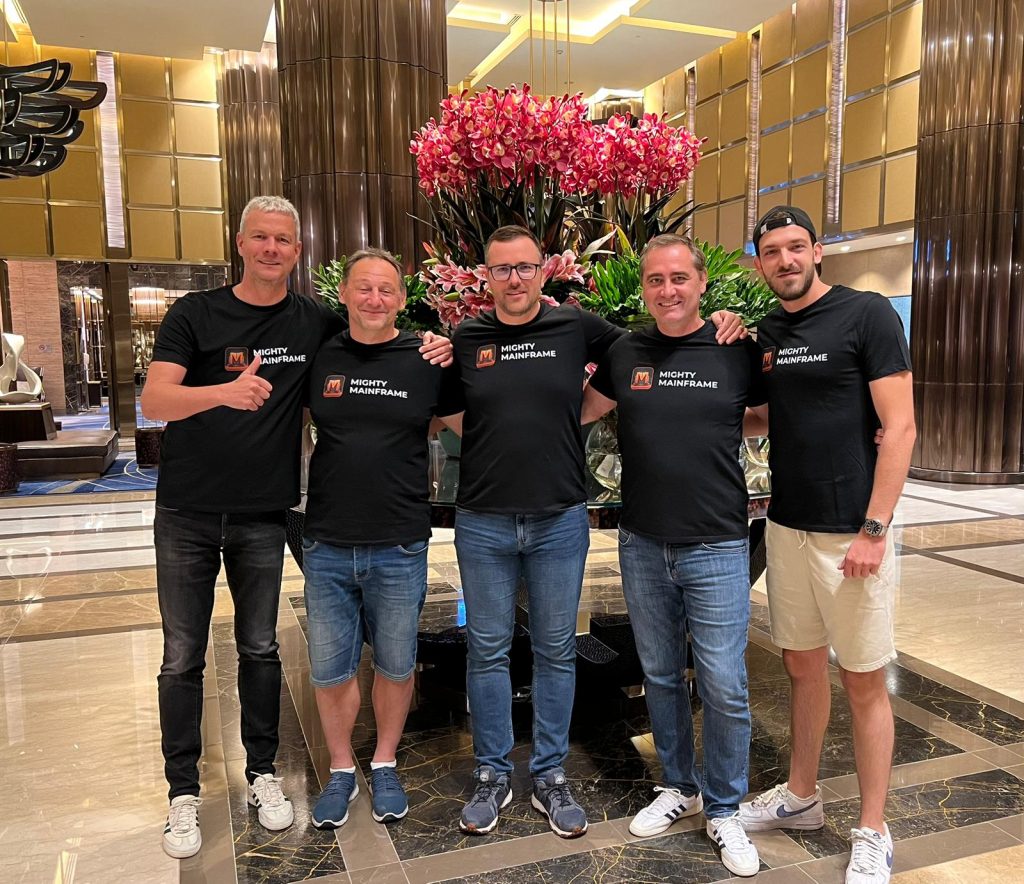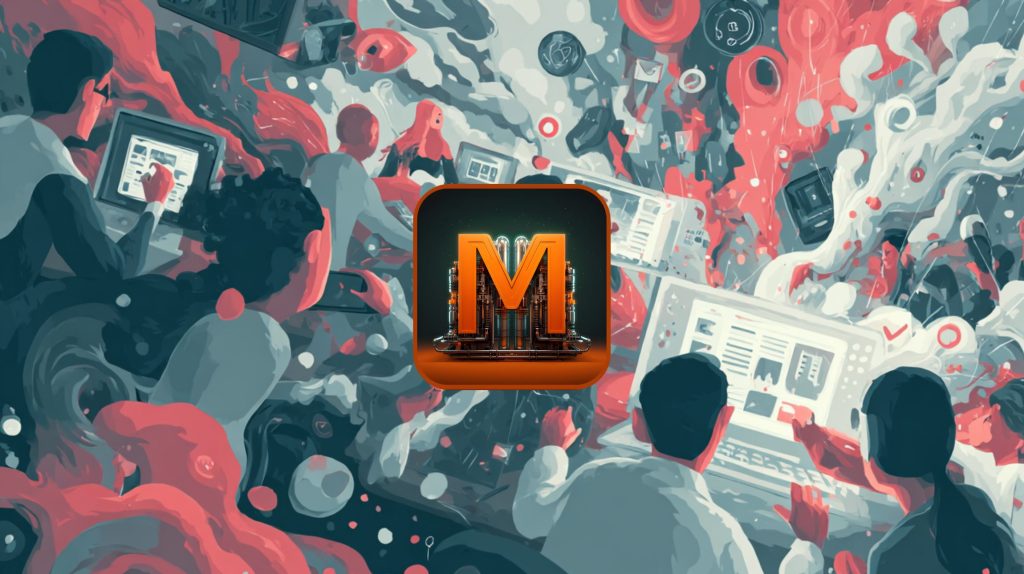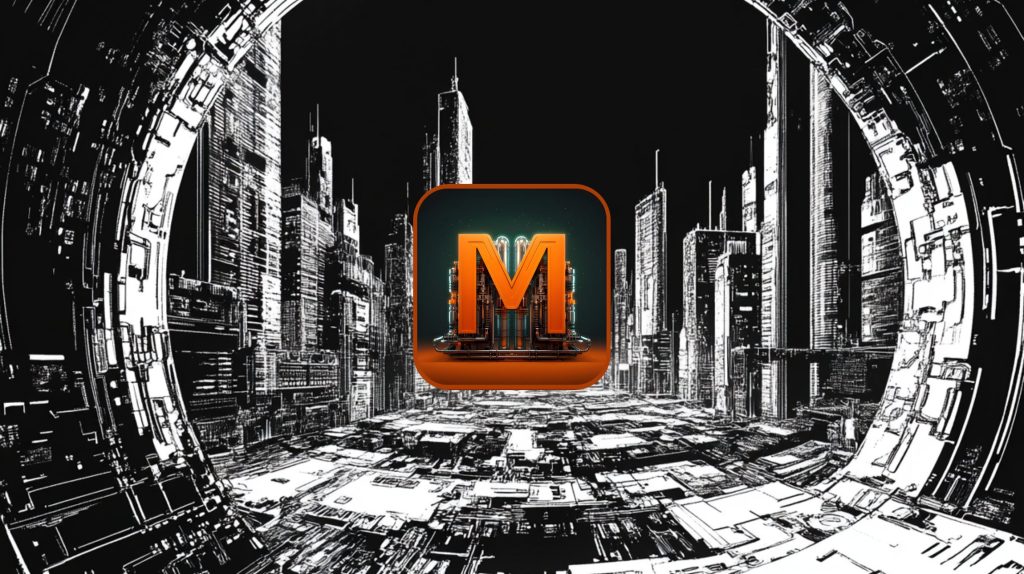Dear fellow mainframer,
When we talk about mainframe modernization, we usually imagine big projects — ones that take a loooong time to prepare, and then an even loooonger time to execute. Typically, during the planning phase, there’s a never-ending debate: “Is it worth modernizing the mainframe, or should we just move to another platform?” These projects often end with a big-bang rollout, along with all the associated risks.
But smart users take a different approach: without much fuss, they modernize step-by-step; applications, interfaces, tools, and architecture. Incrementally, five days a week, alongside their regular work.
Personally, I prefer the incremental approach, simply because it’s much more efficient. Still, in some situations, a big-bang strategy is unavoidable. Mainframe modernization today is in the fast lane, and we’re bringing you two stories that showcase two very different approaches.
COBOL Architect Reality in 2025
My colleague Armin Kramer recently sat down for a quick interview with UBS’s Tom Liechti. It’s a practical dive into COBOL modernization (modernizing developer experience, not the language itself). Tom shares how UBS cultivates its own developers through a two-year program that gives newcomers real ownership from day one.
Tom’s perspective on AI is refreshingly grounded: use it to untangle complex dependencies and grasp the software’s architecture—while keeping engineers firmly in control. The result? Faster, safer releases without compromising human judgment.
Curious for more? Watch the full episode here.
Mainframe Modernization Milestone in Asia
Last month, our team wrapped up a major mainframe migration project for a leading Asian bank, successfully transitioning from VSE to the z/OS operating system. To mark the occasion, Ivan Djeri, CROZ Sales Director, joined the team for the official closing ceremony. Ivan shared his experience:
“Honestly, the 15-hour flight from Zagreb via Istanbul to Manila was exhausting, but totally worth it. Being part of the closing ceremony was incredibly rewarding. You could really feel the pride and satisfaction from everyone involved.”

The event brought together over 40 participants, including the client’s full project team and management, alongside representatives from IBM and CROZ. It was a great example of global collaboration and shared success. After the formal part, we enjoyed lunch with local food and had a chance to connect with the team in a relaxed, non-project setting.
The migration delivered a significantly more scalable and secure infrastructure, giving the organization a solid foundation for future growth. Alongside improved stability and security, the new environment brought major performance gains—less strain, faster processing, and greater efficiency. Of course, we had to tackle plenty of technical challenges along the way. Here’s how we solved the problem with TN3270. These improvements not only solve current operational challenges but also pave the way for future digital initiatives.
What made this achievement especially impressive was the complexity of migrating critical systems central to the bank’s daily operations. Thanks to detailed planning, structured execution, and close collaboration, the modernization was completed on time without delays and with minimum downtime for bank’s core business operations. Projects like this show how well-executed modernization can drive operational excellence, business resilience, and long-term strategic positioning.
he project spanned multiple time zones. We were onsite during the planning phase—something we always do to build trust, run joint workshops, and get to know the team. Most of the work was done remotely, but we returned onsite for the cutover to provide hands-on support during that critical moment.
What made this project a success? A highly engaged and dedicated client, lightning-fast execution, and rock-solid IBM technology. And of course, CROZ expertise and focus go without saying. The client embraced the new z/OS platform with confidence—thanks to thorough knowledge transfer, detailed documentation, and collaborative workshops. Preparation and teamwork truly paid off!
Learn more here. More details coming soon.
Industry insights
Arcati Mainframe Navigator (formerly Arcati Mainframe Yearbook) remains one of my favorite independent mainframe surveys to read. This year, they’ve doubled the number of respondents-which sounds impressive-but they didn’t disclose the actual figures, so it’s hard to gauge how representative the survey really is.
What I found most interesting in the report were the community insights around security and modernization trends in the mainframe space. The surprisingly low adoption of MFA (multi-factor authentication), with acceptance below 50%, even though it should be a must-have in today’s security landscape. DevOps adoption is also relatively modest, while modernization and integration technologies scored high at 61%. Opinions on AI’s impact on the mainframe are split; some believe it will drive growth; others think it will lead to decline (17%), but the majority (53%) are still undecided and in the evaluation phase.



